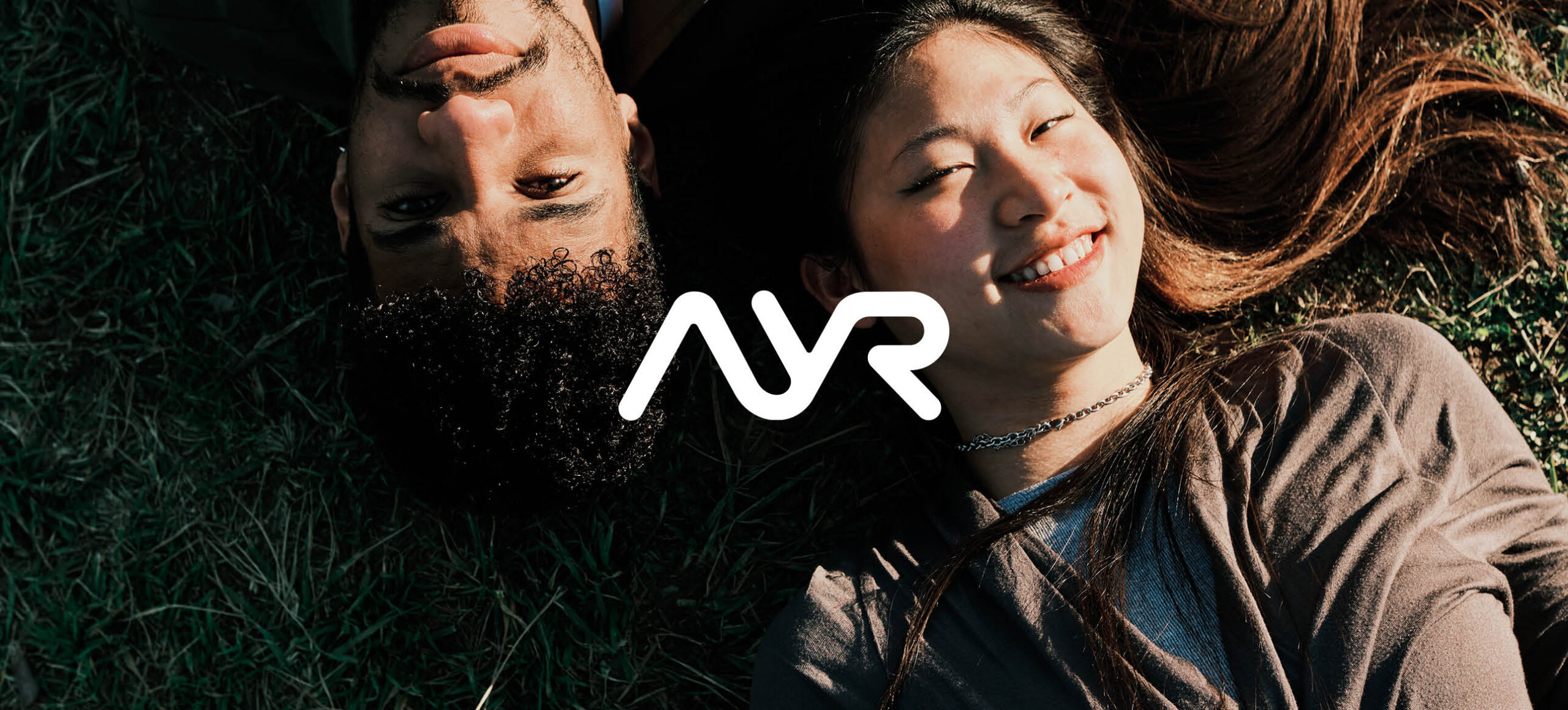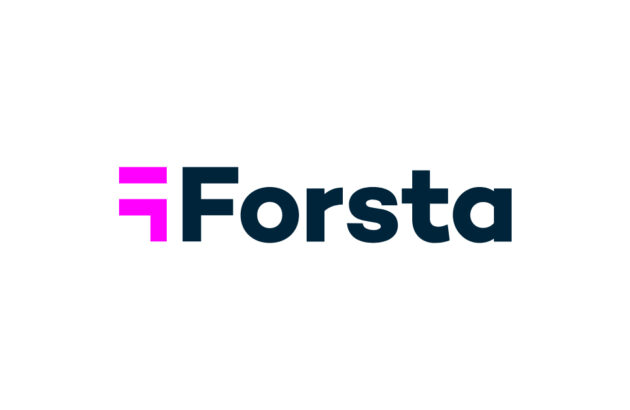Pioneering a CX trail in a brand new category

In this Forsta Customer Spotlight, we profile Brian Adler, Senior Manager of Knowledge and Insights for Ayr Wellness – a leading player in the US medical and emerging recreational cannabis markets.
A high-growth category emerges
Imagine managing unique customer experiences in different geographic markets, each with their own specific regulatory requirements. That level of program complexity is only a fraction of what Brian Adler, Senior Manager of Knowledge and Insights for Ayr Wellness, navigates daily when designing and delivering customer experiences for cannabis customers across the United States.
From full federal prohibition to selective state-by-state decriminalization to a growing trend of legalization in 39 states and counting, cannabis has come a long way as a recognized industry in the United States. New companies have emerged to serve both medical and recreational cannabis markets, with some businesses publicly traded at multi-billion dollar valuations. The market was estimated at $15 billion in 2021 and is forecasted to exceed $25 billion in revenues by 2025.
One of the leading players in this rapidly expanding category is Ayr Wellness, whose dispensaries currently operate in six states and whose brands include Kynd premium flower, Levia cannabis-infused seltzers, Secret Orchard edible gummies and Entourage vape products.
We sat down with Brian to hear how he is building a CX and research capability for his rapidly growing organization.
Building a CX program from scratch
Brian’s job is daunting, fascinating and rewarding in equal measure.
Daunting because he is the first person in his industry with an equivalent role. There are no networking groups for in-house cannabis research leaders. As a pioneer at the vanguard of cannabis industry CX, he’s building everything from scratch.
Fascinating because the cannabis category is so new and is changing so quickly that a month in the industry feels like a year anywhere else. Each state is its own market, with its own regulations and nuances. The compliance environment updates frequently. And – as a vertically integrated business – there is enormous scope to innovate in product, service and experience delivery.
But it’s so rewarding. Like all great researchers, Brian loves understanding people. With so many different segments to learn about – from medical users to discerning recreational customers to the ‘canna curious’ – in many ways, this is a dream job. And his employer, Ayr Wellness, places customer understanding at the heart of its mission:
“We serve our customers best by learning who they are, why they use cannabis, and what we can do to elevate their experience through our products and services.”
Read on to learn more about the challenges, opportunities and rewards of pioneering research and CX trail through wholly uncharted territory.
In conversation: Brian Adler, Ayr Wellness
This conversation has been lightly edited for clarity and brevity.
Tell us a little bit about yourself and how you got started in CX
I oversee all our customer research, Voice of Customer work and marketing analytics – focusing on everything about the customer, which is something I really enjoy.
Prior to this, I spent five years at Office Depot on the customer insights team. I started as an analyst looking at retail market share data, then moved over to Voice of the Customer. I also did a lot of primary research. My focus has always been on the customer: who they are, what their needs are, understanding them from as many angles as possible.
What drew you to Ayr Wellness?
Frankly, it’s a fascinating and exciting opportunity.
It’s a market that is growing fast, but there’s not much known about it.
It’s great to work in an industry where the customers and the patients are really invested in their product – much more than other categories. Since we still don’t have federal legalization, everyone is an early adopter – but for different
reasons. People use it on the recreational side, but we also have people who need it for very serious medical issues.
My challenge is learning how to bridge the gaps, to really understand the customers. Before I started, I thought this would be a fun opportunity. And so far, I’ve been proven right!
Another thing I love about working at Ayr is how data-driven and customer-centric we are. As a researcher and as a CX professional, there is nothing more rewarding than seeing people use your work. It’s always been part of the culture here, but the tools we use now allow us to get better and more structured customer feedback.
Do you see any parallels between traditional retail CX work and the CX work here at Ayr Wellness?
It’s very important to note that cannabis is retail. But it’s a mix of retail and medical markets.
One big difference compared with traditional retail and Ayr’s business is that we’re vertically integrated. We get customer experience feedback and insights about our products. We can use that knowledge to improve our brand and product portfolio.
For example, some of the most important questions in our post-purchase surveys are about the product. Customers will say, “Hey, I’d like to see this product” or “Hey, you didn’t have enough of this one in stock here”.
In traditional retail, you pass this information to your suppliers. But for us, we can take the feedback and say, “You know what? We should produce that.”
All these new products help to bring new people into the market. But it’s also important to create the right experience. For someone coming into a dispensary for the first time, they can feel overwhelmed – so we need to create a welcoming environment.
Can you say more about the types of customers Ayr Wellness serves?
On the recreational side, we have customers who really love the category. They’re early adopters. For a lot of them, the closest parallel might be something like a high-end technology enthusiast – but with a more frequent purchase cycle. For example, if you think about an Apple user: they want an upscale product,
and the experience really needs to match their expectations. They may be looking for specialty items. Similarly, the cannabis market has all different types of products that some people might not be aware even exist.
We also serve medical patients, which is a completely different segment. We have to meet their needs, because the plant is really important for them. Our medical patients include veterans use our products to manage a range of conditions. Medicinal cannabis is often essential to be able to function – just to get on with their lives.
Finally, there’s the ‘canna-curious’ customer: people who haven’t purchased yet or haven’t bought much. They typically say, “I want to try cannabis, but I don’t know much about it”. If we create a retail experience that’s only for our most frequent purchasers – like our medical and avid recreational customers – we’re not going to capture those people.
We need to design experiences and journeys specific to the ‘canna curious’ customers. They’re likely to start with an edible product or one of our beverages in certain states, like a seltzer. And we’re creating products aimed at these different audiences. For example, our brand Levia is a cannabis seltzer with a low dose and no calories. It’s a great fit for folks who already enjoy hard seltzer and other beverages.
It’s funny because the typical media representation of a cannabis consumer is just not accurate. It’s doesn’t match up with anything real that we see in our customer base.
There is no ‘typical’ customer because our base is so incredibly diverse. But if you really forced me to pick an average persona, it’s probably someone in their mid-thirties, in a professional job, using cannabis products for relaxation and stress management.
Did you adapt your CX program from other industries – or did you have to create it from scratch?
Both. There are always best practices you take from other industries. But we needed to figure out what was the most important metric to us, especially since it’s a market full of early adopters. We landed on ‘likelihood to return within 30 days’ because that’s really the business goal more than anything else.
What we found is that we have amazingly high NPS scores. When I first saw our scores of rolling in, I was like, “Oh, something broke … it’s way, way too high.”
But what seemed to be too good to be true at first glance really shows the connection that this industry has with the customers and patients. As a researcher, you know that even if scores are high, you can’t be complacent and there are always ways to improve.
Do you measure the employee experience alongside the customer experience?
We know through our post-purchase experience survey that our employees are really, really good. They are our best asset. It’s kind of a cliché – but looking at our scores, it’s absolutely true. And they are essential in helping to guide customers no matter where they are in the journey.
We ran a pilot with Forsta to gather feedback from employees. I think it’s very important to tie the two together. It’s still early days for us but investing in our employees absolutely drives improvements in the customer experience. For example, in certain states employees get early access to some of our new brands and products so they know what they’re talking about with customers.
How do you manage the customer experience at a holistic level: across digital and in-store channels, and between the different Ayr Wellness markets?
We take a holistic view of the customer experience.
One of the interesting things about cannabis versus traditional retail is that customers go online first to check out the menu, so they know what’s in the store. Right now, we can’t ship products across state borders due to federal illegality, so everything has to be grown in the same state where it’s sold. That means we could have wildly different stock in different locations. If one store is low on something, we can’t ship it in from another state. Consumers and patients are aware of this, so they check the stock before coming into the store. Digital is an important part of our experience strategy.
We see broadly consistent patterns in customer needs and behaviours across state markets.
interestingly, we have much more diversity between customer segments that cut across markets than we do between states, and new customer segments emerge all the time. Despite the different rules and regulations in each state, we
can say with confidence that people are people everywhere: they just happen to be separated by state borders.
What other types of customer research do you do?
We think there is a lot of white space for brand identity and awareness building in this category.
Soon after I joined the company, I did a brand tracking survey in Florida. The highest aided awareness of any brand was 42%. Coming from an industry where aided awareness is generally in the nineties, that’s very low – so there’s a lot of room to expand with branding and awareness building with consumers.
What are some of the biggest successes you’ve had in your role since you joined Ayr?
Honestly, rolling out our customer experience program in the timeframe that we did. We started work on this in late September 2021, we had the surveys and fieldwork and action management workflows in place by January 2022 and dashboards were fully rolled out in March 2022.
To my knowledge, Ayr Wellness is the only player in the space doing anything like this. It’s a massive advantage to run a dedicated Customer Experience and Research program. I’ve seen a few market research reports on the industry, but as far as I know I’m the only person with a role like this!
What do you feel are the most important things to get right in any CX program?
Well, first things first, you need to make sure that you’re able to capture all the feedback.
But then it’s about being able to actively use the information. I mentioned earlier that we’re in the midst of professionalizing the cannabis industry – so this might be the first time that some of our associates have seen a program like this. If they don’t have experience in traditional retail or other industries, if they came up through cannabis, they might never have seen something like this. So being able to actively work with them, to coach them and help them – this has been really rewarding in a way that I wasn’t expecting.
It’s about blending the differences. You’ve got people that came up in cannabis. You’ve got people that have been in other industries. There are similarities and
differences, but both groups show the same passion for the business and that’s the key.
What are you looking forward to in the months ahead with your CX program now that it is up and running?
It’s not done yet! We’re continuing to grow the program and bringing in more capabilities to help us develop it further and really embed it in the business.
Somebody said to me when I first joined the company that weeks in the cannabis industry are like years elsewhere. I’ve only been in this industry since July of last year, but already it feels like 10 years!
Related resources
Research HX
Many feedback programs measure Net Promoter Score movements, but few can reveal the “why” of customer behavior. Forsta’s HX Benchmarks puts performance in context so you can understand what great experiences look like for your customers. Learn more about the human-centered intelligence you need to outperform the market.

AI and the new era of customer experience: Insights for 2025 and beyond
AI and the new era of customer experience: Insights for 2025 and beyond Webinar synopsis: In today’s fast-paced digital landscape, customer experience (CX) is the ultimate differentiator—and AI is rewriting the playbook for how businesses connect with their customers. Tune in to an engaging session that blends cutting-edge thought leadership with actionable strategies to elevate […]

Integration: the new frontier of insights for research HX
Integration: the new frontier of insights for research HX Webinar synopsis: Discover the faster, smarter and more accurate way to research with Research HX. Gone are the days of sequential processes skipping between platforms. Parallel workflows, integrated steps and AI enhancements to the tools you use daily. Related resources

Learn more about our industry leading platform
FORSTA NEWSLETTER
Get industry insights that matter,
delivered direct to your inbox
We collect this information to send you free content, offers, and product updates. Visit our recently updated privacy policy for details on how we protect and manage your submitted data.